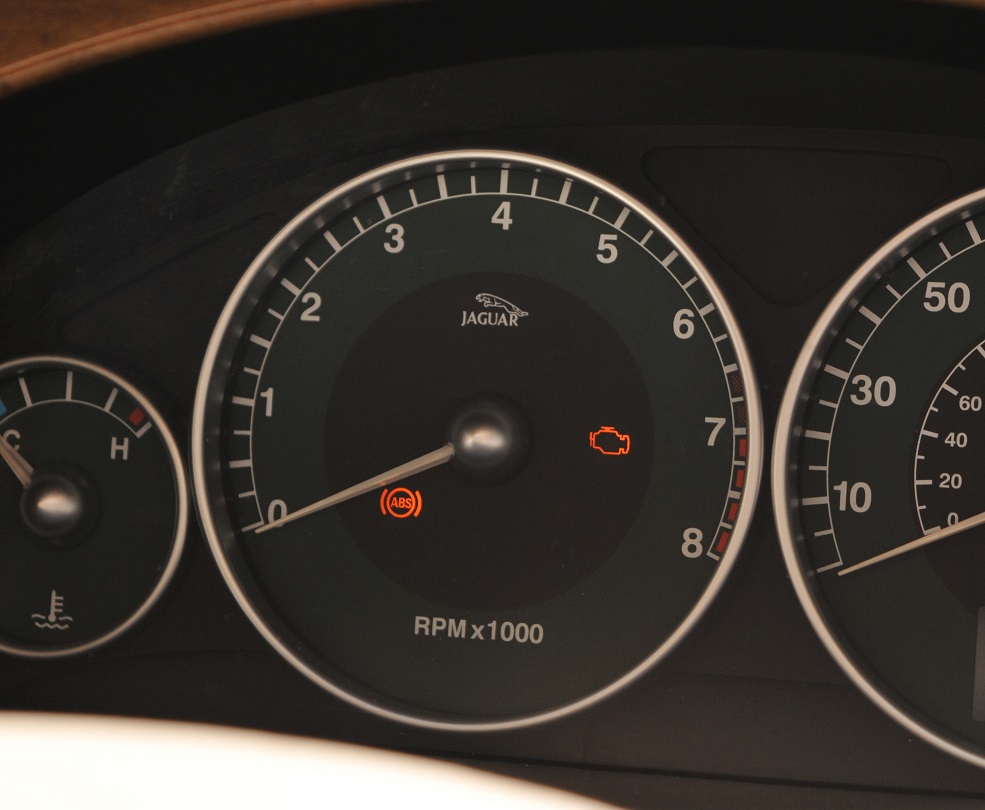Some advances and gadgets in motoring become so all-pervasive that we forget what went before. But is that a good thing?
For those not au fait with modern internet phrasing, ‘First World Problems’ refers to a self-acknowledged peeve or issue which, when viewed in a broader context, could either only be a problem in the modern world of our making or is really not a problem at all: “My wifi doesn’t reach the bottom of my garden so I can’t watch Netflix while lying on the grass. Oh, well, First World Problems…”
You can find similar things in an automotive context. I caught myself doing it recently when, having driven a few hundred yards down the road to the nearest garage to fill up my Citroen Xantia, I huffed a sigh of exasperation when the car decided it still needed to warm up the glow plugs before it would let me start the engine. But then I cast my mind back to my first car, a diesel Land Rover Series III, where you not only had to manually select the glow plugs and decide for yourself whether or not to use them, but you had to learn the knack for how long to hold them on for in any given situation, and how long you had to keep a touch of throttle on once the engine had coughed into life. You could be there for 25 seconds or so on a cold morning, while the Xantia is done in a fraction of the time even on the frostiest days. And of course the Xantia’s engine is stone age compared to modern diesels which, thanks to computer-controlled direct injection, only really need the plugs for emissions reasons and have already turned the plugs on for however long the computer deems it necessary when you’ve plipped the central locking.
And that’s another one – central locking. My Land Rover had three doors, all of which needed manually locking from one of two keys, plus there was a padlock (a padlock!) on the filler cap which had a third key. And the ignition switch was a fourth key. There was a hasp to put a padlock on the bonnet as well, but I never used that one! It’s amazing what you can get used to, really. I never once thought that having to go around and individually lock all the doors was a real faff, just as I never thought that it was unreasonable to have to hold the glow plugs on for 10 seconds was a chore. But looking back now it seems incredible that I didn’t.

The same goes for a lot of distinctive features of classic motoring. Most of them were minor ordeals that the average motorist was pleased to see the back of. The first time my girlfriend drove my MG Midget I found myself first explaining how to use the choke (and whether the weather justified using one or two clothes pegs to hold the control out…), then how to double de-clutch to work around the by now non-existent synchromesh on second gear and later trying to get across exactly how much throttle was just the right amount to start the engine when warm.
And then I found myself wondering “why do we do this to ourselves?” My partner is used to cars that you get in, you turn the key and the engine just starts and runs. And gearboxes that just choose the gear you want. And steering which doesn’t become heavy when you’re parking, just when you actually need to do a lot of work with the steering wheel. There’s a reason why electronic ignition and fuel injection became universal, after all. You can go back further than this, of course. It’s fun to go for a spin in a vintage car, finding the sweet spot with the ignition advance, seeing if you need to select the third brush on the dynamo because the battery’s a bit flat, and even having to manually pump air into the fuel tank to push petrol through to the carb before you can have a few swings on the starting handle.
But you can see why, when cars with automatic ignition timing, electric fuel pumps, starter motors and self-regulating dynamos came onto the market, everyone went “Yes please!” and never went back. Apart, that is, from people like ourselves who get a strange kick out of doing things the old way. I’ve been driving old cars with worn-out gearboxes for so long that I scarcely noticed I was double de-clutching the MG. I once took the Kelsey Triumph 2500TC to choir practice and, by the time I’d parallel parked it, had attracted a highly amused semi-circle of my fellow singers as they watched me heaving away on its unassisted steering wheel. When was the last time you could buy a car of the Triumph’s prestige and price without standard power steering? Can you imagine a modern BMW 5-Series driver working up a sweat trying to maneuver into a parking space? I don’t think so. But maybe that’s why we keep turning to classic cars of whatever era. Whether it’s a starting handle, a non-synchronised second gear, a manual choke, unassisted steering, unconditioned air or a dashboard without a touchscreen, it reminds us of how far we’ve come.





